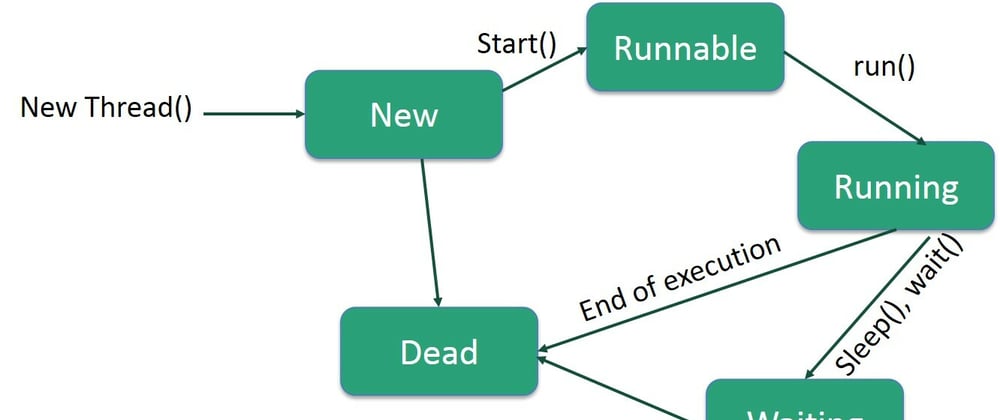This post can be read here as well.
What?
Java 19 is coming, and with this new version of Java, it brings an amazing new feature, virtual threads.
This update comes to reduce the effort of writing, maintaining, and observing high-throughput, concurrent applications.
This is part of the Project Loom, a project that aims to bring a new concurrency model to java, but preserving the same simple abstraction to the developers.
Don't worry, you will still be able to use the platform threads.
How?
Currently, those implementations are on preview mode, so you must provide the --enable-preview flag to the JVM.
If you are an IntelliJ user, you can tell IntelliJ to use this flag by going into the Open Module Settings -> Project -> Language Level and choose the Java 19 (Preview).
// Declare a runnable that will print the information about the current thread
Runnable printThread = () -> System.out.println(Thread.currentThread());
// Declare a virtual thread
var virtualThread = Thread.ofVirtual()
.start(printThread);
// Declare a platform thread
var platformThread = Thread.ofPlatform()
.start(printThread);
The output will be:
VirtualThread[#22]/runnable@ForkJoinPool-1-worker-1
Thread[#24,Thread-0,5,main]
Now you see that we have a virtual thread executing on a worker thread of the Fork-Join pool, and another platform thread running on the main process.
Seamless integration between platform and virtual threads
Synchronized blocks will work transparent in between virtual and platform threads, as it is shown in this example.
class VirtualThreads {
public static void main(String[] args) {
var c = new VirtualThreads();
c.start();
}
public void start() {
var virtualThread = Thread.ofVirtual();
var platformThread = Thread.ofPlatform();
virtualThread.start(() -> {
System.out.println(Thread.currentThread() + " running command A");
synchronized(this) {
try {
this.wait();
} catch (InterruptedException e) {
throw new RuntimeException(e);
}
}
System.out.println(Thread.currentThread() + " running command C");
});
platformThread.start(() -> {
System.out.println(Thread.currentThread() + " running command B");
synchronized(this) {
this.notifyAll();
}
});
}
}
The output will be:
VirtualThread[#22]/runnable@ForkJoinPool-1-worker-1 running command A
Thread[#24,Thread-0,5,main] running command B
VirtualThread[#22]/runnable@ForkJoinPool-1-worker-1 running command C
Loom and Java in general are prominently devoted to building web applications. Obviously, Java is used in many other areas, and the ideas introduced by Loom may well be useful in these applications.
It’s easy to see how massively increasing thread efficiency, and dramatically reducing the resource requirements for handling multiple competing needs, will result in greater throughput for servers. Better handling of requests and responses is a bottom-line win for a whole universe of existing and to-be-built Java applications.







Latest comments (0)